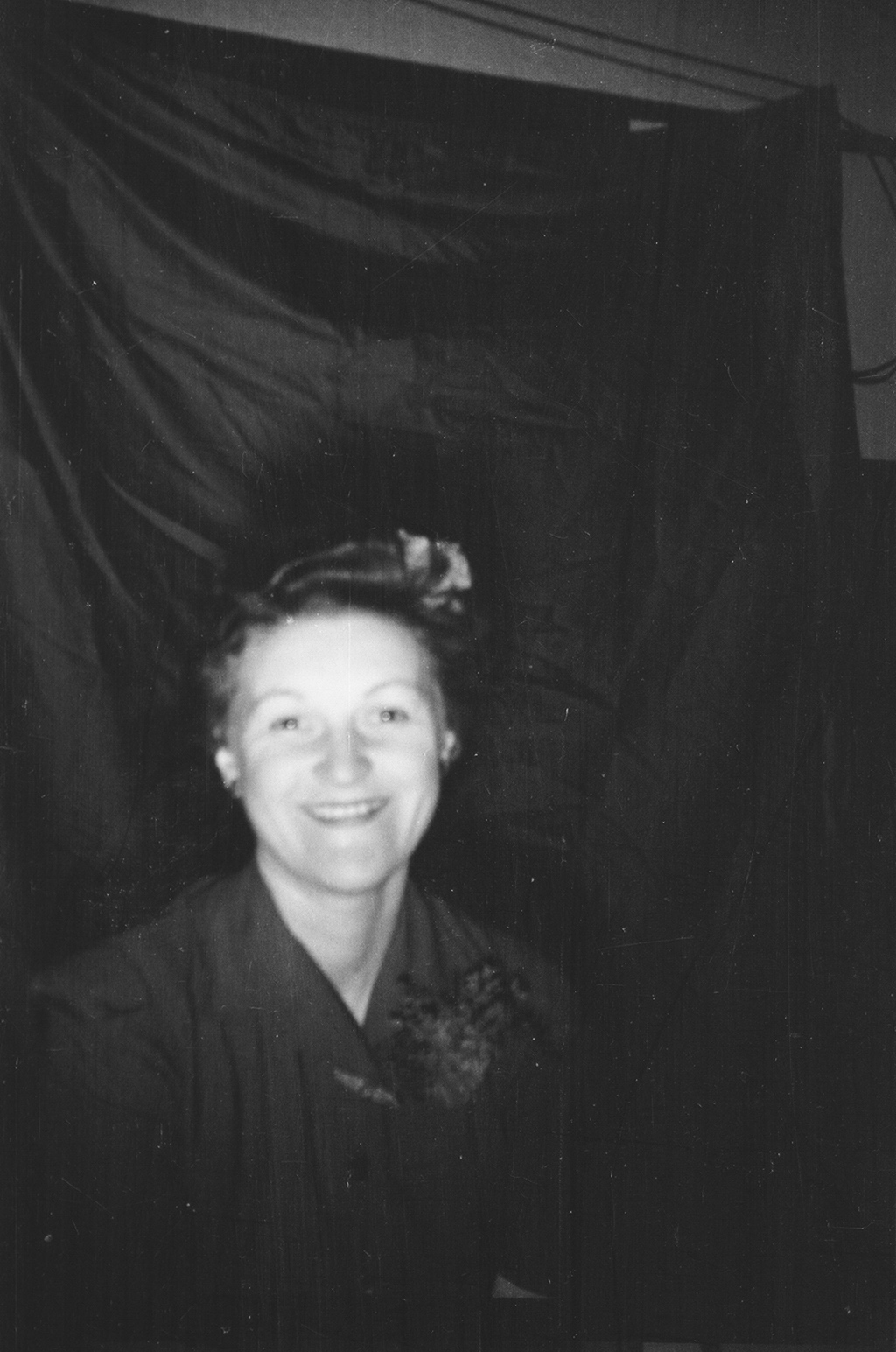MEMORIAL BIOGRAPHY for HERBERT KARL OEHMICHEN, WWII VETERAN
NEVER FORGOTTEN: Proudly Served Our Country
Herbert Karl Oehmichen was born in New York City in 1915. His father Paul Oehmichen was born in Leipzig, Germany. He was a conscientious objector and in 1910 left Germany for NYC to avoid being drafted by the German government to fight in WWI. He went back to Germany in 1913 to marry his love, Erna Israelzik, a Jewish woman born in Berlin. They returned to NYC and had two children, Herbert and Elinor. The whole family moved back to Germany in 1920 and settled first in Naumburg and then in Gera in 1928 where Paul and his brother owned a leather goods and shoe repair shop.
In 1934, when Hitler came into power, Herbert’s parents sent him back to NYC. It was their intention to reunite with Herbert but by the time the war started his parents and Elinor were not allowed to leave.
Herbert enlisted in the Army on 23 October 1941 at Camp Grant, Illinois and completed basic training at Fort Sill, Oklahoma on 29 December, 1941 with rank of Mess Sergeant. He was accepted into Officer Candidate School and from 5 August 1942 thru 13 February 1943 he was 2nd Lieutenant, Regimental Mess Officer in the 333rd Field Artillery Battalion. From 14 February 1943 thru 30 June 1943 he was 1st Lieutenant, Battery Officer in the 333rd. From 15 August 1943 thru 3rd December 1943 he was 1st Lieutenant, 777th Field Artillery Battalion. From family oral history and photos, it seems he was stationed at Camp Beale in California possibly from the summer of 1943-through December of 1943. Herbert honorably served our country from the beginning to the end of the war.
Because of his fluency in German he was later transferred on 4 January 1944 to Camp Ritchie, MD for POW Interrogation training, completing the training on 3 March 1944 and was transferred to the Military Intelligence Section on 30 April 1944 with the rank of Captain. He went overseas as a Prisoner of War Interrogation Officer attached to the 359th Infantry, 90th Infantry division, 3rd Army. He landed on Utah Beach in Normandy on D-Day and served in the Normandy, Northern France, Ardennes-Alsace, Rhineland and Central Europe campaigns.
On 12 June 1944 in the vicinity of Amfreville France, Captain Oehmichen organized a patrol to rescue 4 wounded paratroopers trapped behind enemy lines. He led his group through fire of various calibers approximately two miles into hostile territory to reach the causalities. He then supervised the evacuation of the wounded men from their precarious position to the safety of friendly lines. Captain Oehmichen received a Bronze Star Medal for this heroic achievement.
In 1944 Erna Oehmichen was deported to the concentration camp Theresienstadt in German occupied Czechoslovakia. Her sister Grete and brother-in-law Georg were also deported to Theresienstadt. Paul Oehmichen went into hiding. Elinor, being a US citizen, was allowed to work in a labor camp as a foreign worker. Most likely after the US Third Army liberated the Mauthausen Concentration camp on 5 May 1945, Herbert went to Gera. Once in Gera, he located his father and he and another man from Gera went to Theresienstadt. Although the camp had been recently liberated it was still dangerous to enter into the camp. According to family oral history Herbert risked his life to locate his mother and the wife of his traveling companion. He found them near death from starvation. Herbert reunited his mother with the remaining family in Gera. Erna recovered and she and Paul returned to the US where they settled in Milwaukee along with Herbert, his wife Bette and infant daughter Cynthia.
After the war, Herbert had a long career as Brewmaster with the Miller Brewing Company, settling in Southern California in 1967. He passed away in 1990, just two weeks shy of his 75th birthday. He is survived by his two daughters Cynthia and Lore.
Written by Herbert’s youngest daughter, Lore Oehmichen, 02/24/2020, @HKO90THWWII



















































































































































